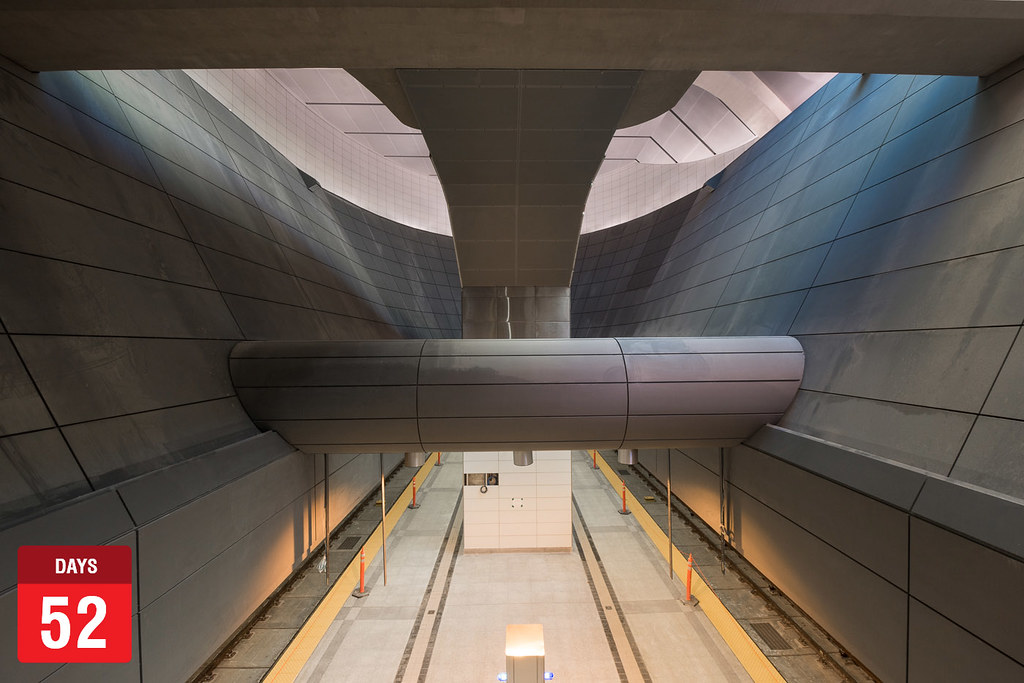Why subways take so long to construct
Jeff Gray
Globe and Mail
March 28, 2017 November 24, 2003
Reader Doug Kvistbo writes: "Perhaps you can explain to us why it takes so long to build a subway in Toronto."
He points out that the 2¼-kilometre extension from Wilson Station to Downsview took four years to build.
The 5.3-kilometre, $994-million Sheppard subway line took eight years.
But Mexico City apparently started building its first subway line in 1967, opening its first phase -- twice the length of the Sheppard line -- just two years later. Mr. Kvistbo wants to know why can't we build subways faster than the Mexicans did more than 35 years ago.
The Toronto Transit Commission's general manager of engineering and construction, John Sepulis, said you can't really compare Mexico City in the late 1960s to Toronto today. Employment standards, labour costs, environmental assessments, safety equipment, modern computer systems -- all make building a 21st-century subway immensely more complex, he said.
The new Sheppard-Yonge Station alone took almost two years to design.
But Mr. Sepulis acknowledged that the Sheppard line took longer than it should have. Construction went on a hiatus of several months after Mike Harris's Conservatives won the 1995 election, because it wasn't clear whether the project would go ahead.
Mr. Sepulis said the TTC is on the lookout for ways to speed up any future subway projects, and has asked authorities in Madrid for advice on how they built their new subway line.
But as it stands, the plan to extend the Sheppard line from Don Mills to Scarborough City Centre, if it goes through, is still scheduled to take 10 years.
Rapid bus corridors -- "busways" -- are cheaper and quicker to build than billion-dollar subways, and increasingly transit systems here and in other places around the world are looking to them. You can find them in Ottawa, and car-clogged cities in Latin America are using them to deal with rapid growth.
The province has decided to open what it calls "bus bypass shoulders" along Highway 403, from Mavis Road and Erin Mills Parkway, to allow both GO buses and Mississauga Transit buses to blow past snarled traffic. As soon as the bus drivers have been trained to use the lanes, they will be phased in.
Toronto's mayor-elect, David Miller, has been among those pushing a plan to convert a hydro right-of-way into a special bus road from Downsview Station to York University.
Buses, freed from traffic congestion, would zip back and forth, ferrying 50,000 students a day to and from campus.
A subway extension from Downsview to the university is also planned, but that would take years and cost at least $1.5-billion. This busway could be up and running by 2006.
